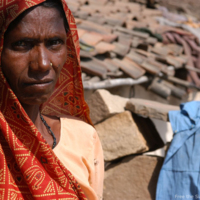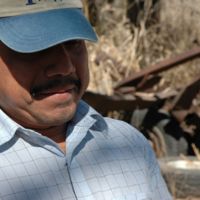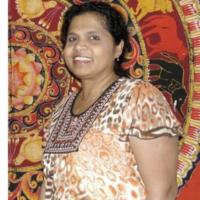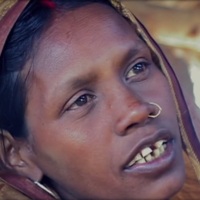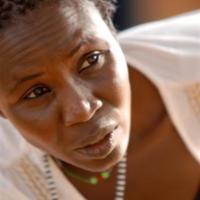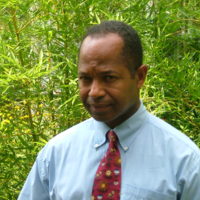
We have been ‘bandua’ (bonded labourers) to the fearless since childhood. We have faced their torment. I had seen first at my father’s times and now am suffering it myself. My ancestral house is definitely Kohdaar but I have never been able to stay here. We were all small when my father came with us to Lohgara. We used to break stones at a fearless man’s place.
Both my parents broke stones there and soon my sister and me also got along in breaking stones there. We were Bandua so there was no question of reading and writing. And on top of this the contractor came every June and forced my father to work and abused us. The contractor was such a tyrant that he took out the pistol in everything. My father said once a worker was late in coming for work so the contractor pulled put the trigger in the pistol and killed the man.
When the tyranny of the contractor increased we left Lohgara and came to our village Kohdaar. When 3- 4 days passed one day my maternal grandmother came running and said the contractor could even come there so fearing it we ran away from there. There was tyranny of big people here too so 2 years back we again came back to kohdaar from Chandi. This time we did not go to the village but instead we made a house at the mountains and have been staying here. Though we still fear the Lohgara contractor.
After coming here, we have been breaking stones at Sunder lal. When there is need we have to take loans from him only. Meanwhile my father got sick so the loan money increased and it amounted to Rs 35,000 that time. Other than breaking stones I have been riding his tractor since 6 months. 2 months back an accident had occured when the tractor was being taken out from the minefield. I got a fracture in the leg. For some days the contractor got me treated but he left later on. I have to now get myself treated on my own. I have spent many thousands so far. The contractor has added the money spent on the treatment in the loan money which has increased. My wife is about to deliver a baby at home now and a lot of money will be spent on that too. After getting hurt I am not able to work anywhere else.
We had run away from Lohgaar from the tyranny of the contractor and if we run away from here sorrows would end but I feel now bad fate is never going to leave our side. Cause of my father being a bonded labour it is difficult to lead our lives normally and if I too remain a bonded labour my children’s future too would be the same. But I have thought that once my leg becomes better I will go and earn money and repay the contractor’s loans and will make my children study.
Life Story 7 as told to the Institute of Development Studies for their report 'Patterns and Dynamics of Slavery and Bonded Labour in Bihar and Uttar Pradesh: Findings from Life Story Analysis'
